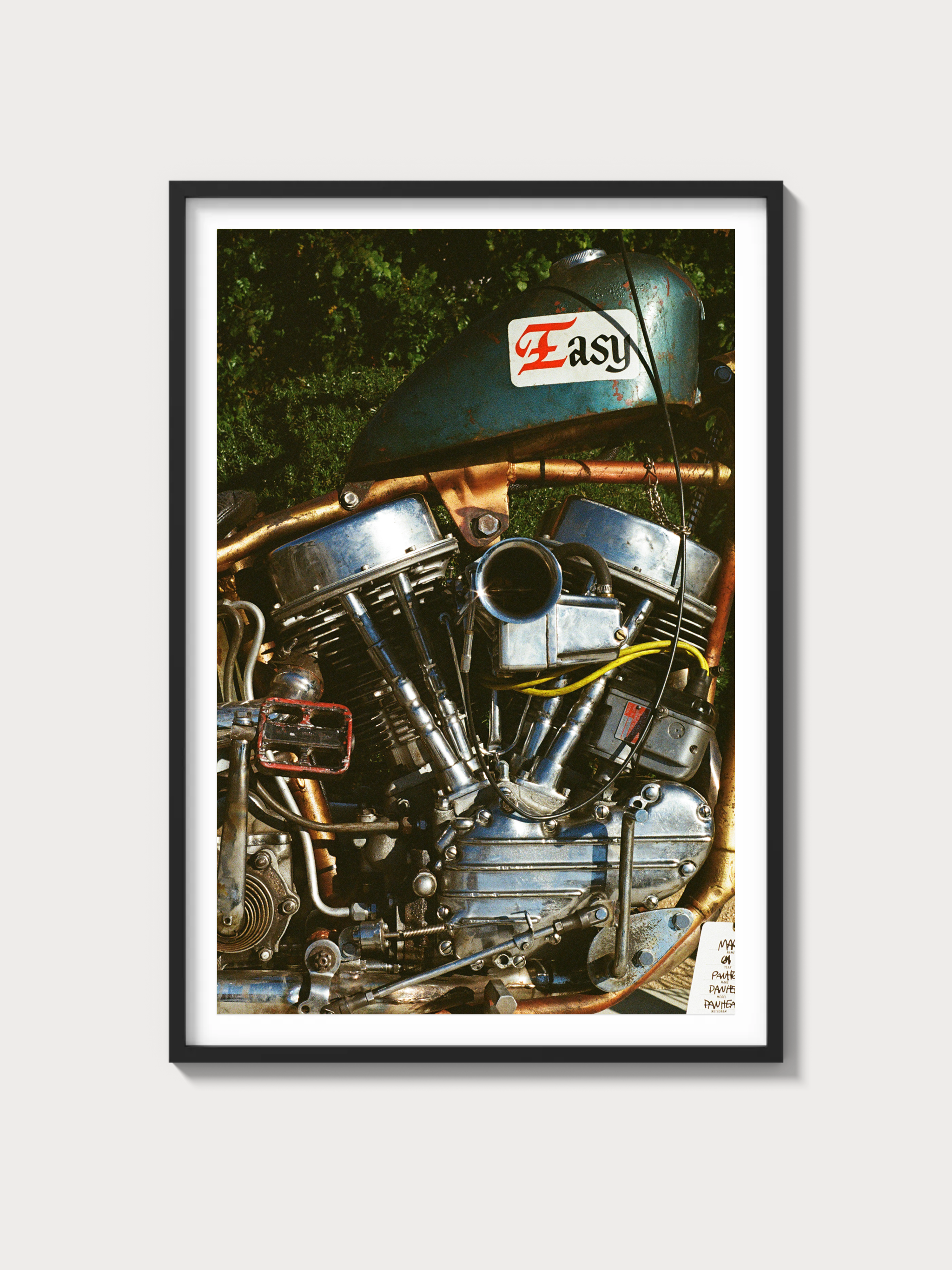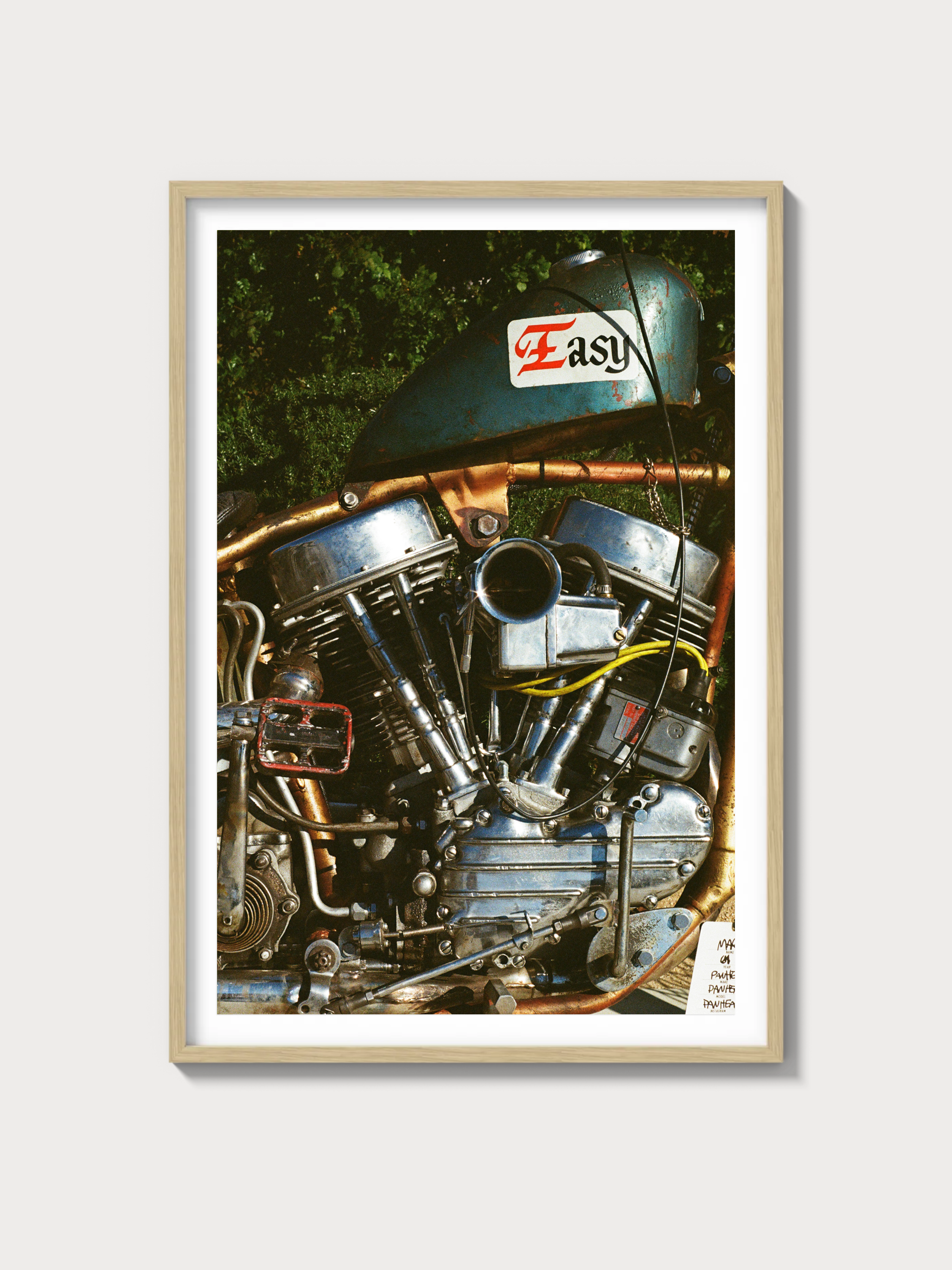1995–2001 Ford Explorer Base: A Detailed Examination
Historical Context and Development Background
Introduced as a continuation of Ford's successful Explorer line, the 1995–2001 Ford Explorer Base represented a pivotal moment in the SUV market. As a part of the second generation, it built upon the success of its predecessor, offering improved safety features, a more refined interior, and a robust design suited for both urban and off-road environments. During this era, the SUV segment was witnessing fierce competition from models like the Jeep Grand Cherokee, Chevrolet Blazer, and the Toyota 4Runner. The Explorer Base stood out by providing a balance of comfort, utility, and performance.
Engine and Technical Specifications
| Specification | Details |
|---|---|
| Engine Configuration | V6 |
| Displacement | 4.0 L |
| Horsepower | 160 hp |
| Induction Type | Naturally Aspirated |
| Redline | 5500 RPM |
| Fuel System | Multi-Point Fuel Injection |
| Compression Ratio | 9.0:1 |
| Bore x Stroke | 100 mm x 84 mm |
Driving Experience and Handling Dynamics
The Ford Explorer Base offered a compelling driving experience characterized by its sturdy suspension system, which provided a smooth ride across varied terrains. The handling was notably stable, thanks to the independent front suspension and live rear axle setup. The Explorer was equipped with a 5-speed manual or a 4-speed automatic gearbox, delivering a direct and responsive throttle feel.
Full Performance Specifications
| Specification | Details |
|---|---|
| 0–60 mph | 9.5 seconds |
| Top Speed | 106 mph |
| Quarter-Mile | 17.5 seconds |
| Weight | 1970 kg |
| Layout | Front Engine, Rear-Wheel Drive |
| Brakes | Disc/Drum with ABS |
| Suspension | Front: Independent, Rear: Live Axle |
| Gearbox Type | 5-speed Manual / 4-speed Automatic |
Variant Breakdown
- Base: Offered standard equipment with a focus on affordability.
- XLT: Added comfort features like power windows and a premium audio system.
- Limited: Featured luxury-oriented upgrades including leather upholstery and advanced electronics.
- Sport: Two-door variant with a sportier suspension setup and unique styling cues.
Ownership Notes
Owning a Ford Explorer Base from this era involves routine maintenance with reasonably accessible parts. The model is known for its durability, but common issues include transmission wear and electrical gremlins. Restorations are straightforward, benefitting from a large aftermarket support community.
Cultural Relevance
The Explorer gained a reputation as a quintessential family SUV and appeared in numerous media roles, often portraying a reliable and rugged vehicle. While not highly sought after by collectors, its practicality and historical significance maintain steady interest in the used market.
FAQs
- How reliable is the 1995–2001 Ford Explorer Base? Generally reliable with proper maintenance, though transmission issues can arise.
- What are common problems with this model? Transmission wear and occasional electrical issues.
- What is the value trend for this vehicle? Steady, with good-condition models maintaining value due to their practicality.
- What are the engine specifications? A 4.0L V6 engine producing 160 horsepower.

















































